Your Ultimate Guide To Efficient Asset Inventory Management

Helpful Summary
- Overview: In this article, we focus on how to do asset inventory management effectively, highlighting its importance in minimizing errors, improving productivity, and ensuring customer satisfaction.
- Why You Can Trust Us: BlueTally has helped various clients from industries like education, healthcare, and technology streamline their asset inventory management, resulting in significant cost savings and operational efficiency.
- Why It Matters: Proper asset inventory management enhances decision-making, boosts productivity, ensures customer satisfaction, increases transparency, and simplifies audits.
- Action Points: We recommend using a robust asset management tool like BlueTally, which helps you set clear goals, document data collection processes, train your team, and implement standard operating procedures (SOPs).
- Further Research:Explore other comprehensive guides on our blog to discover additional tools and insights for better asset management in your organization.
Failure to manage your assets and inventory leads to significant financial losses, operational disruptions and delays, cash flow problems, wastage, and worse, customers stopping to make deals with your business.
Understanding asset inventory management involves two things: asset and inventory. An asset is any item that helps your team carry out its work well. It may be a machine, a vehicle, a device like a tablet or computer, or any piece of equipment your company uses to produce your products, deliver your services, and keep your operations going.
Meanwhile, inventory items pertain to every part and material that goes into producing a final product or crafting a deliverable. Efficient asset inventory management is crucial not just for your operations but also for your customers.
In this BlueTally guide, you’ll learn the steps to effective asset inventory management, its best practices, and a tool that can help you streamline the process. But first, what is asset inventory management?
Why Listen to Us?
We have helped Pfizer, Greenpeace, and Vodafone streamline their asset inventory management. By integrating BlueTally, these companies improved tracking, maintenance, and audits of their assets, leading to significant cost savings and enhanced operational efficiency.
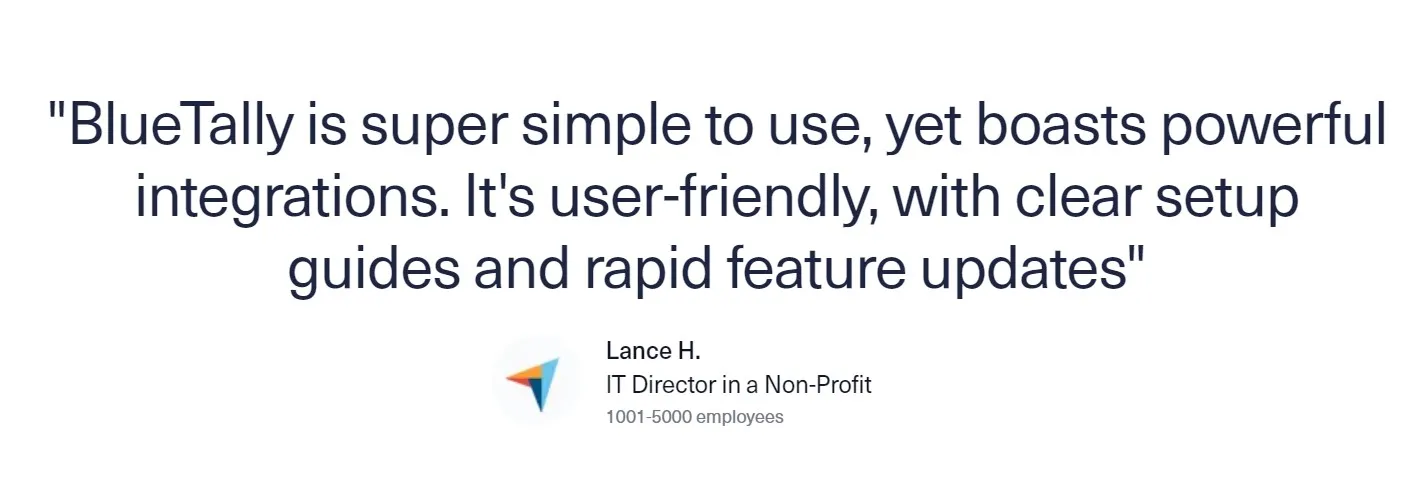
Our solutions provide clear benefits, including better decision-making, reduced errors, and increased accountability. Clients have reported improved transparency and simplified auditing processes, ensuring their assets are always accounted for and in optimal condition.
Understanding Asset Inventory Management
As discussed previously, two entities are at work here: assets and inventory. For example, a grocery store’s inventory are the products it sells, while its assets are its equipment used in its operations, such as cash registers and barcode scanners.
In a sense, asset inventory management is the lovechild of managing assets and managing inventory.
This is how your team tracks all of your business’ assets, from tangible fixed assets such as property, inventory, stock, and equipment to intangible assets like intellectual property and patents. The importance of asset inventory management cannot be undermined.
Why is Asset Inventory Management Important?
Not managing your assets and inventory is equivalent to neglecting your business. While it is true that it is a time-consuming and laborious activity, the rewards can compensate for these. The benefits of asset inventory management are:
- Helps You Make Informed Decisions: This process enhances asset inventory recording and monitoring, thereby minimizing entry errors. It provides you with an accurate perspective to your assets and stock levels, thus helping you make better business decisions.
- Improves Your Productivity: This also makes it more straightforward to monitor the utilization of your assets and movement of your inventory across your warehouses. When to schedule asset maintenance becomes effortless.
- Boosts Transparency: Another great advantage of asset inventory management is giving you the capability to track the use and movement of all your assets and stocks within your company. This prevents theft and improper handling, thus improving transparency and accountability.
- Makes Auditing Simpler: Asset inventory management establishes a handy audit trail, smoothing the path to showcasing regulatory compliance. You’ll be able to experience enhanced business operations by leveraging audits to identify what's effective, what's not, and pinpointing equipment in need of preventive maintenance.
Our tool, BlueTally, allows you to keep good track of any upcoming audits of your assets, as well as providing you with the capability to schedule asset audits. BlueTally also sends notifications when audits are overdue.

How to Effectively Do Asset Inventory Management
Learn the right ways to do effective asset inventory management.
1. Set Your Goals
Prior to starting your asset inventory management, identify why you’re doing this. Make sure these goals are explicit and clear so everyone in your team understands why this project is being done. Work with this end goal in mind. This way, you can manage your assets and inventory efficiently, and arrive at the right solutions.
2. Look for an Asset Inventory Management System Suitable for Your Project
Then, search for a platform, system, or tool that can help you with your asset inventory management. The best tool is flexible, configurable, and ensures the flow of data between systems isn’t a hassle.
One of today’s most recommended asset management software is BlueTally. It runs on the cloud, so you bid goodbye to spreadsheets and all the traditional systems that give you a headache when you need to manage your assets and inventory. With BlueTally, you can gain control of your important assets.
We help businesses answer questions like “How many iPhones do we have left?” or “What happened to one of our employees’ laptop?” in a matter of minutes, not hours.

3. Decide Where Your Data Will Be and How to Access Them
Where your inventory data will reside, how you’ll access them, and who will use those data depend on the choices you make. But the data must be easily accessible.
Our tool is a free, easy to use, cloud-based, and secure platform where you can efficiently manage your assets. Our team has invested significant time into researching and developing this breakthrough solution.
BlueTally allows you to easily check in or out assets on the go, monitor maintenances and audits, and get a complete changelog and checkout history to know the complete history of an asset.
You can also create unique ID tags for each asset and print them out directly from the BlueTally app, so that you can easily scan those tags and see the full history of an asset in an instant. You can likewise determine the location, user and status of any asset in only a few seconds.
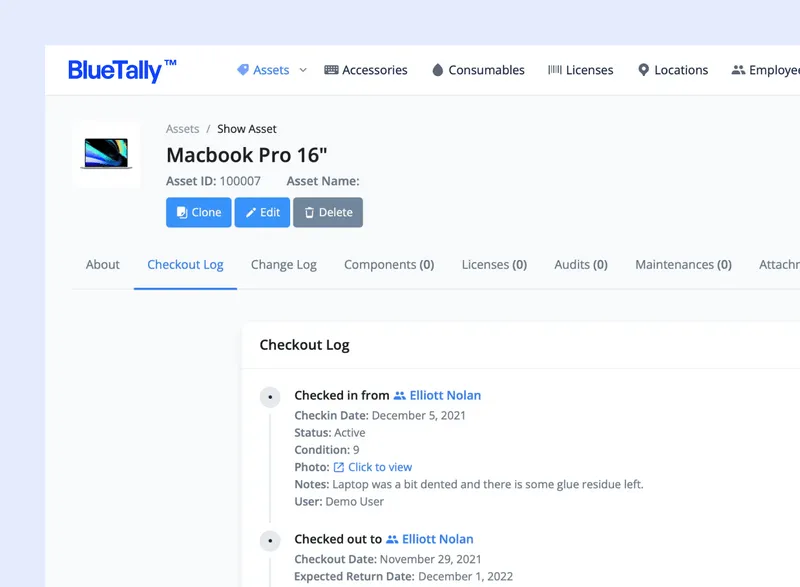
4. Document Your Data Collection Process
Doing so informs everyone what is expected of them throughout the asset inventory management process. This also allows the data to be captured consistently in the most appropriate format, making it easier to troubleshoot any hiccups along the way.
5. Train Your Team
While systems like BlueTally are easy-to-use, certain things can still be too technical for beginners, which is why training your team on how to properly conduct the process of efficient asset inventory management will help ensure your organization will realize its benefits.
Be sure they are adept at using the data collecting tools, know how to respond to emergencies that may arise, and how to enforce the processes and approaches you put in place as preparation.
Best Practices for More Effective Asset Inventory Management
Before wrapping this discussion up, get to know some best practices to stay on top of your asset inventory.
1. Start With a Clean Slate
To build a strong asset inventory management strategy, the first best practice is to list down all the assets you wish to track, as well as the metrics you intend to track for each kind of asset. Then, those assets can be imported into software and tools like BlueTally. With this tool, you can effortlessly copy and paste your data, and then import it with a single click.
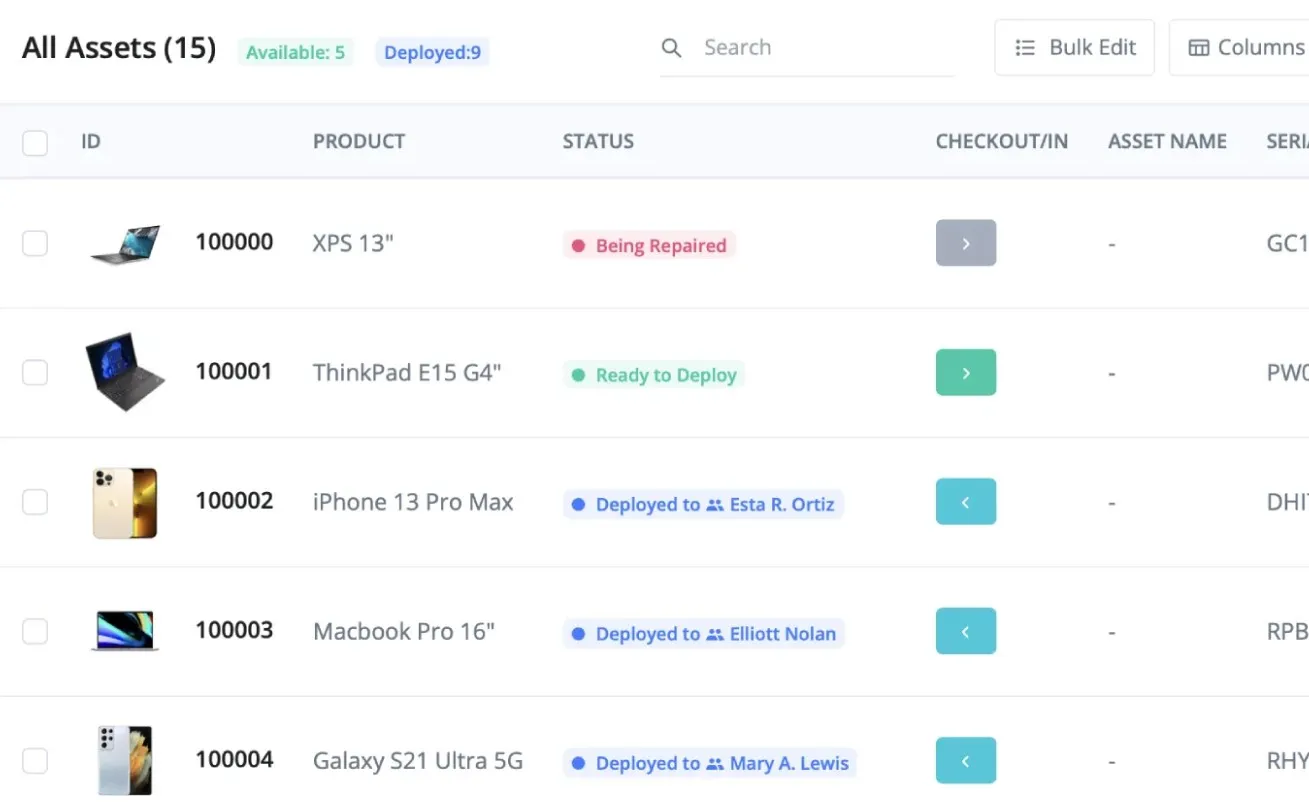
If you’ll choose to use BlueTally, this practice also involves making an asset audit and ensuring the database is accurate and updated. The goal of both these scenarios is to keep your data spick and span.
Our tool consolidates all audits into one convenient centralized platform. You can also enable notifications so you never miss an asset audit again.
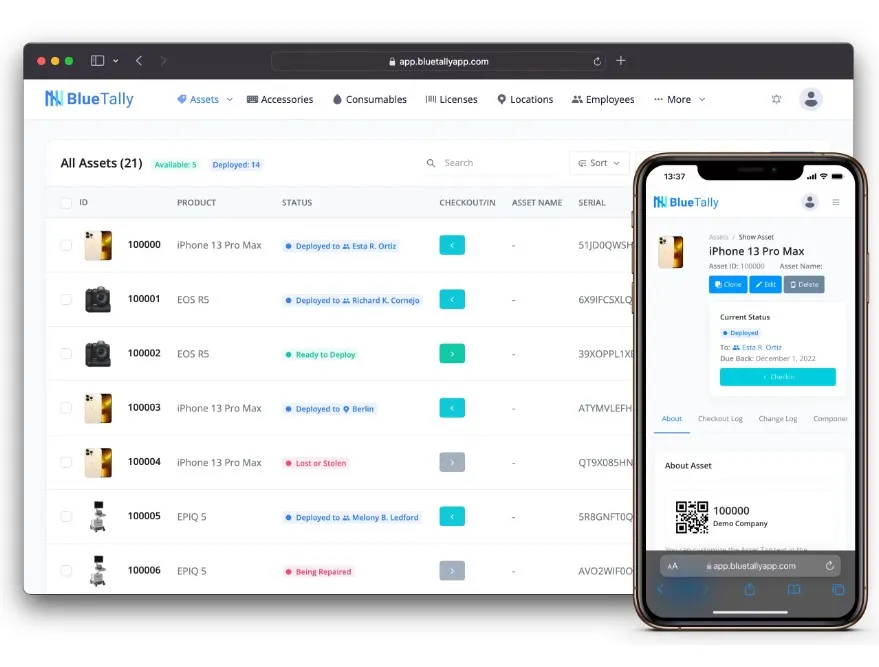
2. Implement an SOP
Even if you use a high-performing system like BlueTally’s, an asset inventory management project without SOPs is not effective. Some of the guidelines that must be defined include:
- Procedures and rules for new asset acquisitions
- Process on updating your asset inventory database (adding new assets or archiving those lost or disposed of)
- Steps for taking the asset out of storage and returning it
- How to leave comments and notifications
- How to update asset logs
- Procedure for system updates when an asset changes its current user
Also, make sure that everybody follows the SOP.
3. Enable Automated Reports and Periodic Audits
If you intend to use an asset management software, take advantage of its reports feature.
BlueTally allows you to build your own customized asset reports where you can choose which columns to include, and filter on what type of assets you would like to see. You can also manage permission levels so only authorized individuals can access those reports.
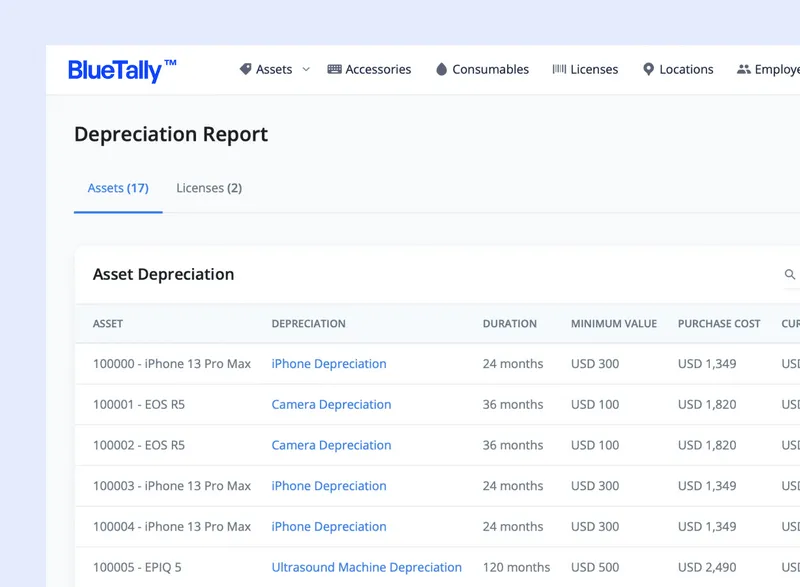
Conclusion
Staying ahead of your asset inventory can get exponentially difficult as the number of your assets grows. That said, businesses have no other choice but to use asset management solutions to control and manage their assets and inventory.
Our tool, BlueTally, streamlines the process. Features include assigning assets to a location or team member, access to the complete history of an asset and keeping track of its condition throughout its lifetime, unique barcodes, and asset audits and maintenance.
Elevate the performance of your business and make your customers happy. Try BlueTally for free.






